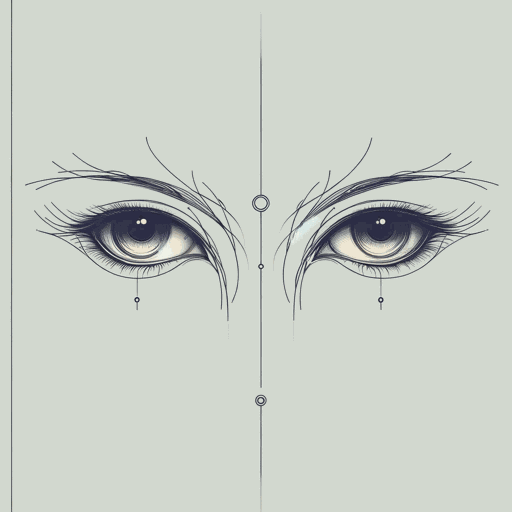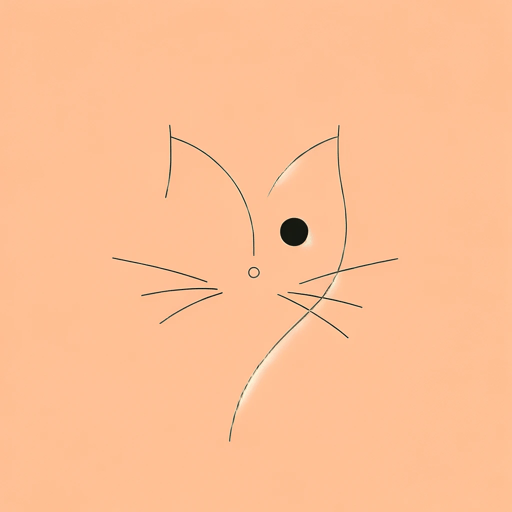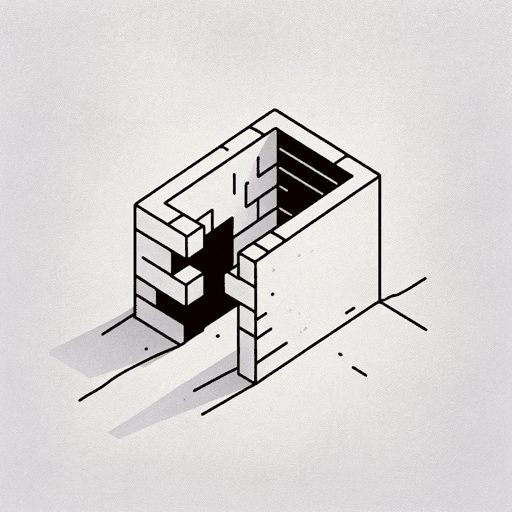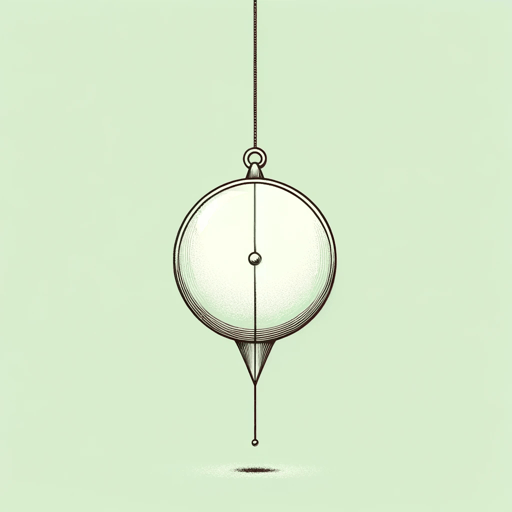20 pages • 40 minutes read
Edgar Allan PoeThe Pit and the Pendulum
Fiction | Short Story | Adult | Published in 1842A modern alternative to SparkNotes and CliffsNotes, SuperSummary offers high-quality Study Guides with detailed chapter summaries and analysis of major themes, characters, and more.
Literary Devices
Parallelism
Parallelism is a literary device in which the author repeats the same kind of grammatical structure multiple times in a row for effect. Poe makes vivid use of parallelism when he describes the pendulum’s steady, terrible descent. Three short paragraphs in a row begin with sentences constructed exactly the same way, and even beginning with exactly the same word: “Down.” He begins: “Down—steadily down it crept” (253). The next paragraph has: “Down—certainly, relentlessly down!” (254). In the third, we read: “Down—still unceasingly—still inevitably down!” (254)
These parallel sentences all share a basic pattern: the word “down,” an emphatic dash, and a smattering of tortured adverbs. But they also evolve, moving from periods to exclamation points, and from a single adverb to a whole series. That combination of repetition and intensification mirrors exactly what the sentences are describing: the relentless swing of the pendulum, which indeed becomes more and more fearful as it comes “down.” Notice, too, how Poe both begins and ends each of these sentences with the word “down,” evoking the back-and-forth motion of the pendulum even more precisely.
Related Titles
By Edgar Allan Poe

A Dream Within a Dream
Edgar Allan Poe

Annabel Lee
Edgar Allan Poe

Berenice
Edgar Allan Poe

Hop-Frog
Edgar Allan Poe

Ligeia
Edgar Allan Poe

Tamerlane
Edgar Allan Poe

The Black Cat
Edgar Allan Poe

The Cask of Amontillado
Edgar Allan Poe

The Conqueror Worm
Edgar Allan Poe

The Facts in the Case of M. Valdemar
Edgar Allan Poe

The Fall of the House of Usher
Edgar Allan Poe

The Gold Bug
Edgar Allan Poe

The Haunted Palace
Edgar Allan Poe

The Imp of the Perverse
Edgar Allan Poe

The Lake
Edgar Allan Poe

The Man of the Crowd
Edgar Allan Poe

The Masque of the Red Death
Edgar Allan Poe

The Murders in the Rue Morgue
Edgar Allan Poe

The Narrative of Arthur Gordon Pym of Nantucket
Edgar Allan Poe

The Oval Portrait
Edgar Allan Poe
Featured Collections
Allegories of Modern Life
View Collection
Fantasy
View Collection
Fantasy & Science Fiction Books (High...
View Collection
Fear
View Collection
Horror, Thrillers, & Suspense
View Collection
Mortality & Death
View Collection
Psychology
View Collection
Romanticism / Romantic Period
View Collection
Safety & Danger
View Collection

